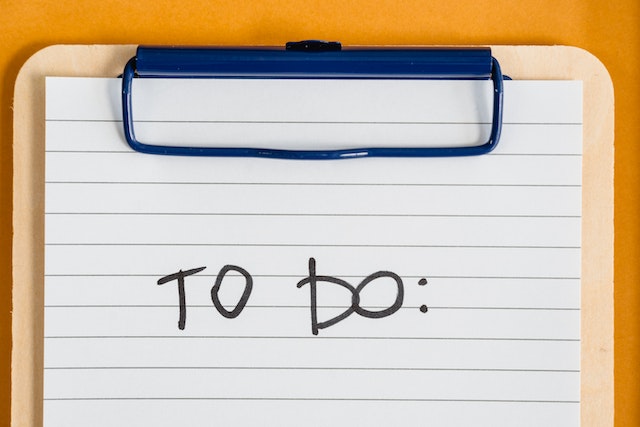Improve Your Mental Focus Part 2
Improve Your Mental Focus Part 2
Identify Clear Goals
The first step is to identify what you need your focus to be on. When you don’t have a clearly defined goal, your mind will wander. Give your attention something to use as an anchor.
Sounds simple, right? Sometimes defining goals is simple. Report A is due to the boss by 2 pm, which is the morning’s only goal. But when you don’t have a hard deadline for every item on your mile-long list, defining the goal can get complicated.
Make a process that you can use every day to help keep that to-do list organized.
-First, identify your priorities. Write down that to-do list. Whether it’s handwritten or digital, the important thing is seeing everything laid out in front of you.
-Now that you have your priorities straight, put them in order of importance.
Tackle the most urgent ones first. The idea is to get those tasks that are the very highest priorities taken care of before anything else can get the chance to distract you.
-Make sure that everything you add to your to-do list gets separated into small steps. Then set aside small blocks of time to focus only on the specific things on your list. Set a timer if it helps you stay on track.
-Don’t overextend yourself. That two-mile-long list of goals for the day isn’t helping the matter at all. Long lists don’t often get finished. So just put some of those less urgent things on the shelf. You can tackle them another day when they are more pressing.
Overextending yourself or not setting realistic expectations can do real damage to your focus over time. When you set unrealistic goals and then fail to meet them over and over, you are training your brain to expect failure.
Instead of a two-mile-long list, limit yourself to just the highest priority items. Remember that once you get those high priorities done, you can always come back and set a new list of goals.

